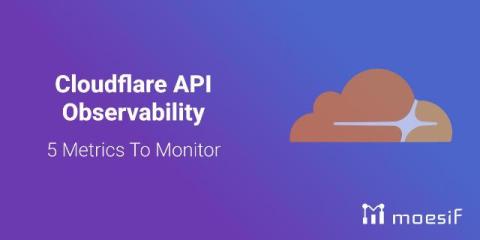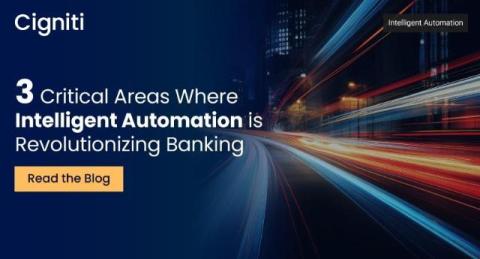Cloudflare API Observability: 5 Metrics To Monitor
Building APIs is a fact of life for most modern developers. When we aren’t building them, we integrate them within our applications. Regardless of how you look at it, modern businesses are built on top of the foundation that APIs have built. They’re the bridges that allow different software systems to talk, share data, and work together seamlessly. But with great power comes great responsibility.











